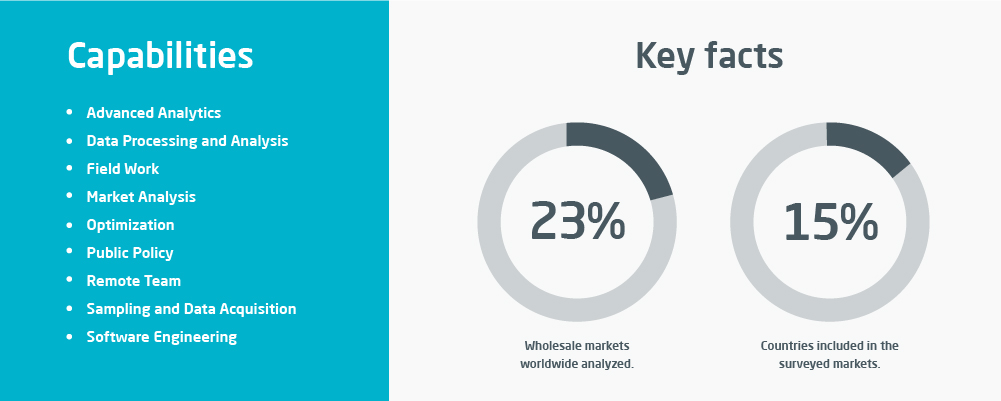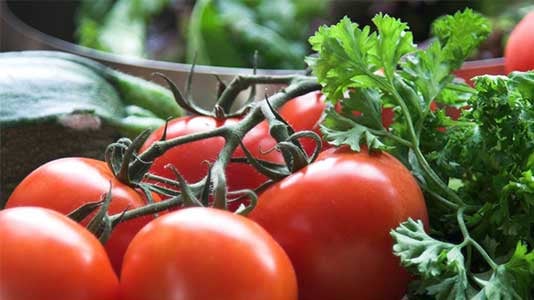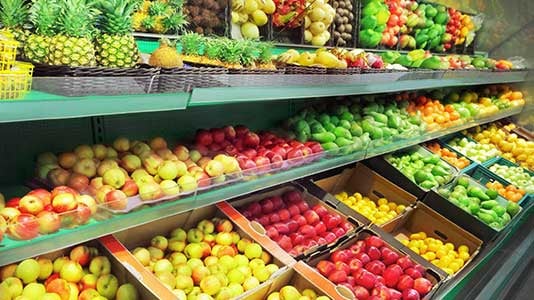Review of international wholesale markets for fresh produce
Project Overview
This market study was developed for the Economic Development Ministry of Sinaloa as part of their effort to increase fresh produce export market value. The objective of the study was to preliminary assess potential market opportunities based in total volume, total value, value per unit, trends, logistics costs; and sanitary, tariffs and trade restrictions.
For simplicity, five products were chosen for this analysis including Tomato, Bell Pepper, Cucumber, Eggplant and Green Beans. Over 60 sources of information were considered including public and private databases, ministries of agriculture of every country, USDA databases, United Nations and World Bank databases, ProMexico’s offices, among others.

Executive Summary

The countries analyzed included Canada, China, France, Germany, Japan, Korea, Netherlands, Poland, United Arab Emirates, Russia, Saudi Arabia, Taiwan, United Kingdom and United States. Within these countries, wholesale markets in the following cities were considered: Atlanta, Birmingham, Boston, Calgary, Chicago, Dallas, Dubai, Hamburg, Hong Kong, London, Montreal, Moscow, Paris, Riyadh, Rotterdam, Seattle, Seoul, Taipei, Tianjin, Tokyo, Toronto, Vancouver and Warsaw.
The resulting +300 pages guide provides insight in each market for each product and for each category of data. Using a traffic light board each market is qualified in terms of tariffs and trade restrictions, sanitary restrictions and logistics feasibility. It provides a quick snapshot at economic and demographic information, per capita consumption of fruits and vegetables, a global trade and a trade with Mexico summary, imports of the selected products, main supplier countries, values per country and trends, historical prices, price seasonality, expected transportation cost, and a business directory guide.
Study snapshot

The consulting team approached the study with two fronts. One directly related with trade historical data acquisition, processing and analysis; and the second related to trade and sanitary restrictions, and logistics feasibility. In the process, over 60 sources of data and information were retrieved and used. Each team processed and analyzed its data sets to build the information needed for the resulting guide. For each market analyzed, the guide was organized with the following content structure:
COUNTRY SPECIFIC
- Summary
- Current Environment
- International trade proneness
- Bilateral relation with Mexico
- Restrictions and requisites for international trade
- Trade restrictions, regulation and barriers
- Food safety
- Environmental restrictions
- Import permits
- Quality grading
- Packing and labeling
- Documentation for trade
- Tariffs and quotas
- Imports
- 5-year imports per product
- 13-year vegetable consumption per capita
- Main supplier countries
- Volume, value and share of imports per country per product
MARKET SPECIFIC
- Macroeconomics
- Estimated volume
- Historical prices
- 5-year monthly prices per lb per product
- 5-year yearly average prices per lb per product per country of origin
- 5-year weekly average prices per lb per product
- Last year daily prices per lb per product
- Logistics costs
- Business directory